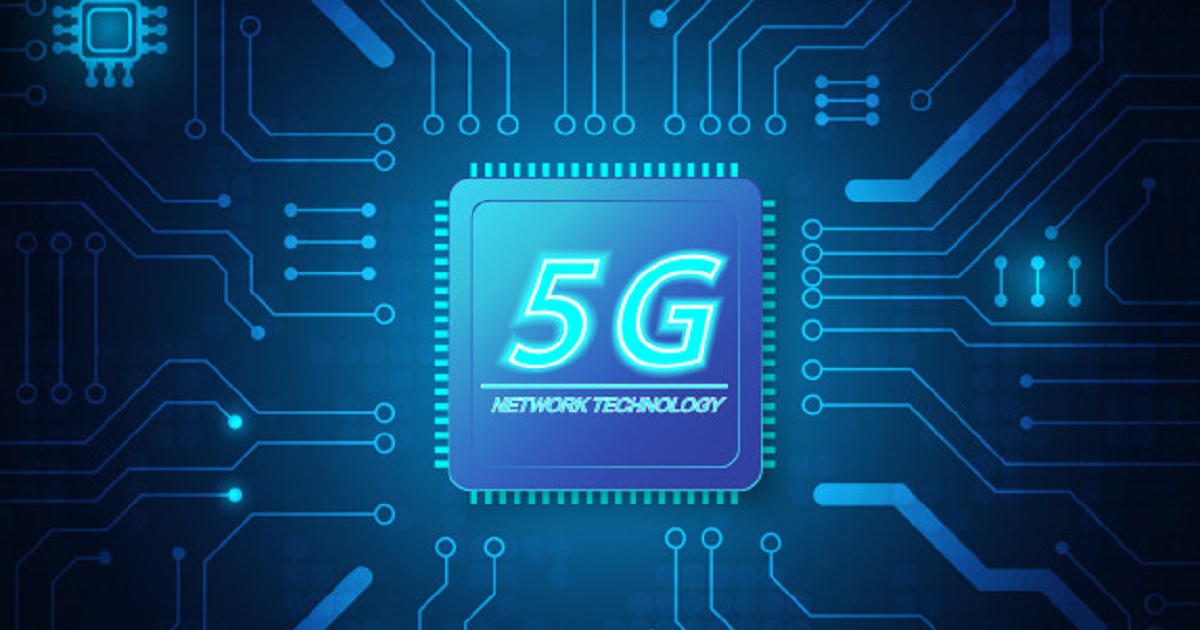SWISSCOM ACCELERATE DIGITAL TRANSFORMATION STRATEGY AND TRANSITION TO CLOUD-NATIVE 5G NETWORKS

Switzerland's top telecommunications and IT services provider will leverage AWS's proven and extensive infrastructure and cloud capabilities to power its 5G network, improve operational efficiency, and fuel innovation.Swisscom intends to leverage the upcoming AWS Europe (Zurich) Region to give its clients more options for storing and processing data in-country, while also enabling them continue providing real-time solutions with the lowest latency.
Amazon Web Services, Inc. (AWS), a subsidiary of Amazon.com, Inc. (NASDAQ: AMZN), announced today that Swisscom (SMI: SCMN) has chosen AWS as its preferred public cloud provider for business IT. Swisscom is adopting a cloud-first approach, and will utilise AWS to improve IT agility, create operational efficiency, and shorten the time to market for new information and communications technology (ICT) products and services. Swisscom will transfer to AWS a wide range of key applications that enable its enterprise resource planning, operational support system (OSS), business support system (BSS), analytics, contact centre, and communications provision as part of its overall digital transformation.
Swisscom is Switzerland's largest telecommunications business and one of the country's major providers of IT services. Swisscom intends to decrease complexity, increase productivity, and expand on demand by converting elements of its internal IT on AWS in order to effortlessly offer new ideas to its consumers. Swisscom will update its applications using AWS's complete collection of analytics, machine learning, containers, database, and storage capabilities. Engineers and developers at Swisscom will also be able to automate hardware provisioning, database setup, patching, and backups, as well as launch new applications in moments.
Swisscom will transform their current data pipeline into a cloud-based Data Mesh, leveraging AWS's sophisticated analytics solutions such as Amazon Kinesis for scalable and long-term real-time data streaming. AWS Glue, a serverless data integration tool that makes it simple to identify, prepare, and integrate data for analytics, machine learning, and application development, will also be used, as will Amazon Redshift for data warehousing. Swisscom engineers can use the tools and interface that best suit each project by migrating to an AWS-powered Data Mesh, eliminating the cost and overhead of legacy solutions and accelerating the time to market for new digital goods, such as TV and online services that utilise AWS machine learning to deliver greater personalization.
Swisscom will also investigate moving from a 5G network built on existing infrastructure to a new standalone 5G network driven by a cloud-native 5G Core—the architecture that aggregates and manages traffic flow throughout the network—as part of its partnership with AWS. Swisscom's 5G Core, as planned, will run on a hybrid cloud architecture comprised of Swisscom infrastructure, AWS Outposts, and the AWS Europe (Zurich) Region, which is set to open in 2022. (AWS Outposts provide AWS infrastructure, services, APIs, and analytics to almost any on-premises location, such as a factory floor or a 5G base station.) By virtualizing and automating network activities, Swisscom will be able to decrease operational costs, enhance reliability and scalability, and speed the deployment of new features and applications to consumers.
“AWS helps us build the technical foundation and agility we need to unlock new growth possibilities by modernising our IT services and providing powerful 5G communications that match the demands of our corporate and consumer customers,” said Christoph Aeschlimann, Swisscom's CTIO. “We anticipate that 5G will pave the way for a slew of specialised services. With their established infrastructure and unrivalled portfolio of cloud technologies, AWS will enable us develop and grow at a quick rate. We can swiftly create and deploy the apps that power our company with low latency, dependability, and scalability, all while satisfying security and regulatory needs, thanks to AWS.”
“The telecommunications industry is turning to AWS to build more flexible, agile, and cost-effective cloud networks capable of delivering reliable services at any scale while continuously improving the customer experience,” said Adolfo Hernandez, Vice President of Telco Sales at Amazon Web Services, Inc. “We are delighted to assist Swisscom, Switzerland's premier communications provider, in accelerating their digital transformation with our established infrastructure and industry-leading services. Our partnership with Swisscom demonstrates our long-term commitment to Switzerland, and we look forward to achieving wide industry reforms for more European customers when we launch a new area next year.”
About Amazon Web Services
Amazon Web Services has been the world's most extensive and widely used cloud solution for over 15 years. AWS has been steadily expanding its services to support virtually any cloud workload, and it now offers over 200 fully featured services for compute, storage, databases, networking, analytics, machine learning and artificial intelligence (AI), Internet of Things (IoT), mobile, security, hybrid, virtual and augmented reality (VR and AR), media, and application development, deployment, and management, includes plans for 21 additional Availability Zones and seven additional AWS Regions in Australia, India, Indonesia, Israel, Spain, and Switzerland, as well as the United Arab Emirates. Millions of customers rely on AWS to power their infrastructure, become more nimble, and save expenses, including the fastest-growing startups, largest corporations, and leading government organisations.
About Amazon
Amazon is governed by four principles: customer obsession above competition focus, a desire for creativity, a dedication to operational excellence, and long-term thinking.
Amazon aspires to be the World's Most Customer-Centric Company, the World's Best Employer, and the World's Safest Place to Work. Amazon pioneered several things, including customer reviews, 1-Click purchasing, customised recommendations, Prime, Fulfillment by Amazon, AWS, Kindle Direct Publishing, Kindle, Career Choice, Fire tablets, Fire TV, Amazon Echo, Alexa, Just Walk Out technology, Amazon Studios, and The Climate Pledge.